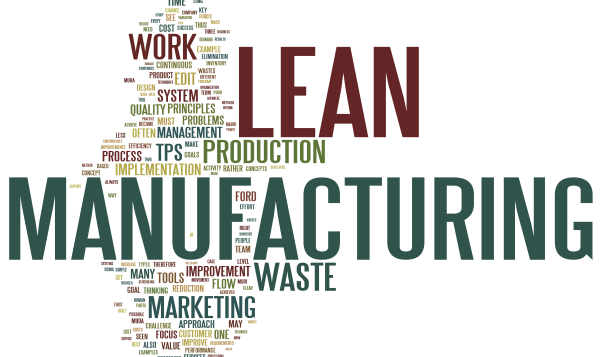Introduction to the Lean System
As with anything in life, you will get out as much from your ISO 9001 management system as you put into it. If you treat it as a documentation requirement and burden on your business just to get certification then you are unlikely to see any real benefits; in fact, you may even stifle your own growth.
The aim of any ISO 9001 QMS is to enhance your businesses product or service quality by standardizing and continually improving all of your business processes. This in turn will help you to increase productivity and drive out waste of all forms within your business.
Why Use Lean System with ISO 9001?
ISO 9001 outlines what is required for a certifiable QMS. However if you read ISO 9004 you will see that it suggests a huge amount more than 9001 requires as a minimum. Merely aiming for what the standard requires so that you achieve certification is not going to help you actually improve your business in a way that is going to help you grow it.
A QMS should always consider the customer first, not the standard. It should also be put in place to continually improve the business and its output. Something that is also provided through implementing a Lean system.
Lean Manufacturing has grown out of what is known as the Toyota Production System (TPS), and is why Toyota managed to dominate the world automotive market in such a short space of time. Lean is in its simplest form just another QMS; when you implement Lean you put in place the controls and systems to provide the customer exactly what they want, where they want it, when they want it, in the right quantity, without any waste or delays.
Lean provides you with a host of tools such as 5S, which helps you to set up a highly visual, organized and efficient working space, through to continuous improvement techniques such as Kaizen. Lean fits perfectly within any ISO 9001 QMS and can only help you to further improve and grow your business using proven tools and techniques.



